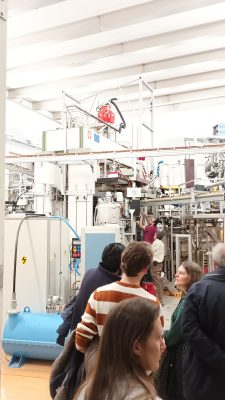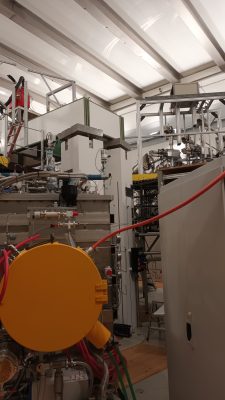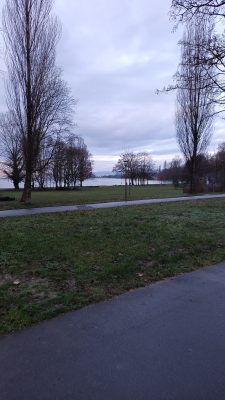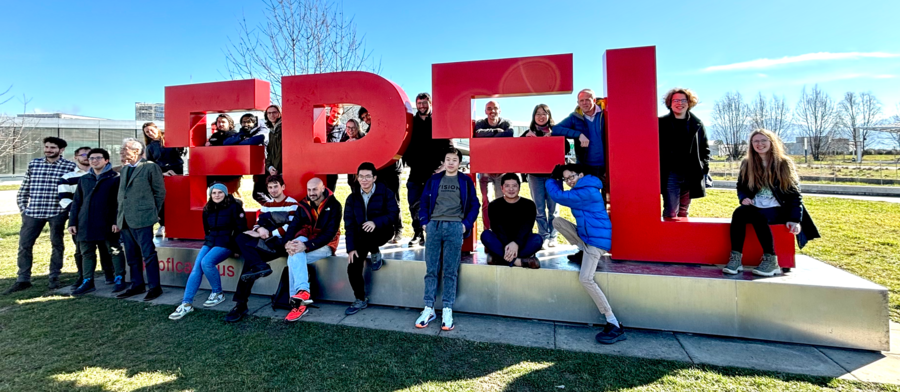
From 12/02/2024 to 16/02/2024, the 2024 JOREK code meeting was held at EPFL in Lausanne, Switzerland, organized with the support of Cristian Sommariva and Mengdi Kong from the Swiss Plasma Center (SPC), adopting a hybrid format. The meeting was greatly appreciated by the large community of code users and developers, with over 60 registered people, of which 30 were in-person.
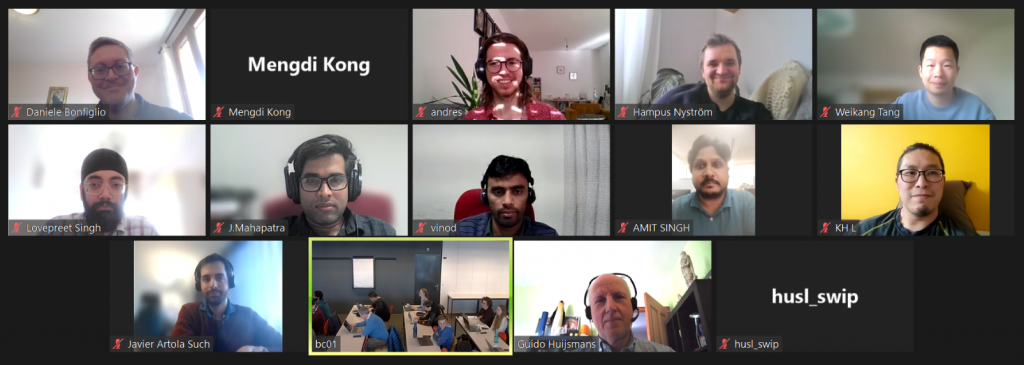
As usual, the JOREK annual meeting represented a moment for developers to share their latest work with the code and to let new PhD students from several institutions be introduced to its complexities. The JOREK code is one of the most advanced and well-known tools in research in Nuclear Fusion. It is used to simulate the plasma instabilities that can occur during Fusion experiments, adopting the geometry of existing devices such as Tokamaks or Stellarators. The JOREK code capabilities are developed within the projects “TSVV8 Integrated Modelling of MHD Transients” and “TSVV9 Dynamics of Runaway Electrons in Tokamak Disruptions” of EUROfusion, and its repository is hosted by ITER.

Currently, our Fusion Group at BSC is involved in the development of the JOREK code through the work of Dr. Federico Cipolletta, as part of the BSC-CIEMAT Advanced Computing Hub (ACH). He attended the JOREK code meeting to report the state-of-the-art and to discuss the next steps of his assigned tasks, which consist of the development of novel compression techniques to optimize the memory consumption required by the dense response matrices adopted in the couplings of JOREK to STARWALL and CARIDDI.
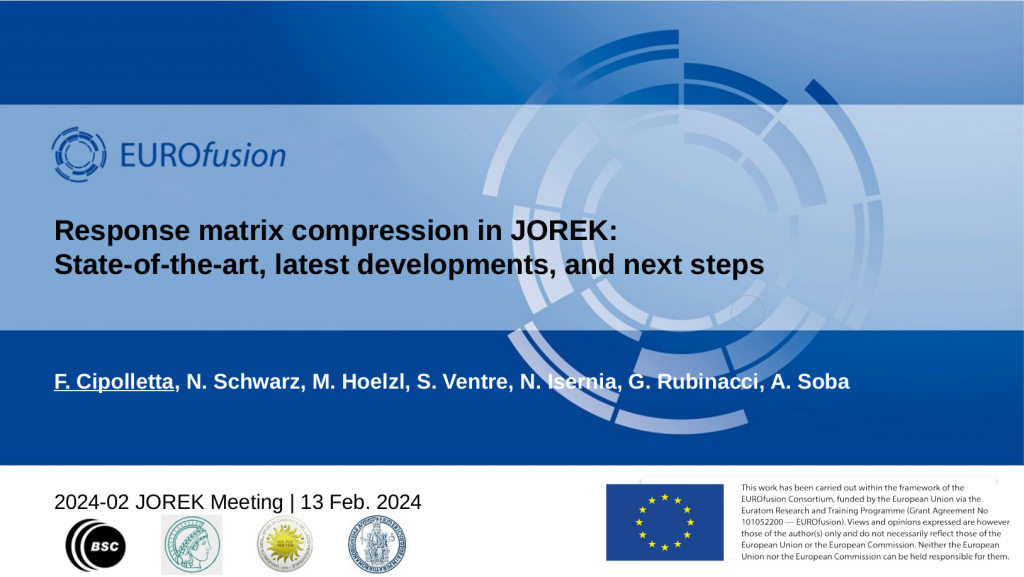
During the meeting, attendees visited the SPC and were introduced to the activities of the center. In particular, the center is hosting several research groups focusing on various aspects of matter in the plasma state, spanning from applications to Chemistry and Biology, passing through Industry, and reaching up to Nuclear Fusion. Regarding this latter research field, the center hosts its own Tokamak nuclear fusion experimental device called the TCV, which is one of the few research devices of this nature and is used to perform cutting-edge experiments, many within large international collaborations.
|
|
|
|
|
|
The SPC is a beautiful example of efficiency, where top-notch theoreticians collaborate on the side of professional experimental technicians and expert computational scientists towards the common objective of pursuing advances in research. This active and dynamic research institution is inserted within the idyllic background of the natural environment around Léman Lake. Although the juxtaposition of technological advancement with Nature conservation might seem contradictory, the EPFL is a wonderful model to take into consideration when thinking of novel approaches to Green Economy.

